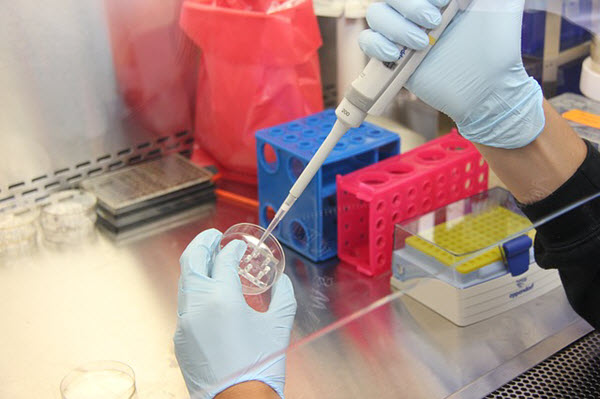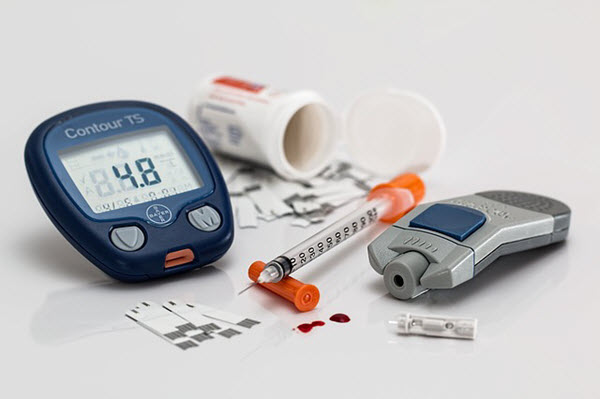Is There A Social Impact To Mixing Business And Medicine?
By Brian Wallace
January 10, 2024 • Fact checked by Dumb Little Man

Prior to industrialization, medicine was something that was practiced by many different people with many different outcomes. As science began to show people what worked and what didn’t when it came to treating different problems, the medical sciences became more consolidated and professional. Religious organizations that had long been in the business of helping people began to open hospitals, helping people who needed healthcare to gain access to it regardless of their ability to pay.
Somewhere along the way medicine became a big business, and insurance companies came in to help manage it. Unfortunately this has proven to be a very costly solution to administering healthcare to people. And, while the vast majority of industrialized nations have abandoned for-profit healthcare systems, the United States continues to mix business and medicine with mixed results.
The Case For For-Profit Healthcare

There are several defenses for continuing to operate a for-profit healthcare system in the United States. The single biggest reason for keeping healthcare profitable is research and development. Lots of medications and treatments are developed by researchers in the United States, funded by the costs of selling medications and treatments that have already been used successfully. The main idea is that without profit, researchers would not be able to fund their research and bring new medications and treatments to the market.
There Are Some Problems With For-Profit Healthcare
In the United States, healthcare spending is more than 18% of the GDP and rising. In other industrialized nations, healthcare spending averages 8.8% of GDP, less than half of what we spend in the United States. And our healthcare outcomes aren’t any better than the rest of the world, and in some cases, they are actually worse.
Those who survive cancer are 2.5 times more likely to file for bankruptcy after their treatment than the general population. It has even been reported that hospitals have even asked patients to set up GoFundMe accounts to pay for their treatment.
People with chronic illnesses like food allergies and diabetes are in an even more difficult position. EpiPens are life-saving tools for those with severe allergies, many of whom are children. The devices were first made in the 1970s for military use, but eventually became available for civilian use. In the early 2000s, a set of two EpiPens cost under $100. When the device was bought by a new manufacturer in 2007, the price began to rise. Now the same medication in the same auto-injector pens costs more than $600.
Diabetics are in an even tougher situation. When synthetic insulin was first invented in the early 1920s, the inventors opted to sell their patent to drug manufacturers for $1 so that it could be made available to anyone who needs it. It’s simple to manufacture and the process hasn’t changed much over the decades. Around the world the average cost is $2-10.
Unfortunately, the cost of treating diabetes has grown significantly in the last decade. Between 2012 and 2016, the cost of treating diabetes grew nearly $3,000 each year, leading many diabetics to ration insulin. Some have died as a result of being unable to afford the medication they need to save their lives.

Even those without chronic conditions are affected by the high cost of healthcare. One in three Americans has delayed seeking treatment for themselves or for a family member because of the high cost of healthcare. Between 2007 and 2014, the cost of hospitalization grew 42%, while outpatient costs grew 25%. The cost of physician visits only grew 6% in that same timeframe.
In the United States, the health insurance industry is larger than the five biggest tech companies combined – the five largest health insurance companies brought in $787 billion last year, while the five largest tech companies only brought in $783 billion.
See Also: The Future of Health Insurance And Healthcare: What Everyone Needs to Know
The skyrocketing cost of medical care is causing people to delay treatment or ignore advice from their physicians, which leads to another problem. Delaying care leads to 125,000 avoidable deaths each year, and medical non-adherence costs between $100 billion and $289 billion each year.
The United States is the only industrialized nation that operates its healthcare system this way. Learn more about the social impact of mixing business and medicine below.

Source: Social Work Degree Center
Brian Wallace
Brian Wallace is the Founder and President of NowSourcing, an industry leading infographic design agency based in Louisville, KY and Cincinnati, OH which works with companies that range from startups to Fortune 500s. Brian also runs #LinkedInLocal events nationwide, and hosts the Next Action Podcast. Brian has been named a Google Small Business Advisor for 2016-present and joined the SXSW Advisory Board in 2019.

